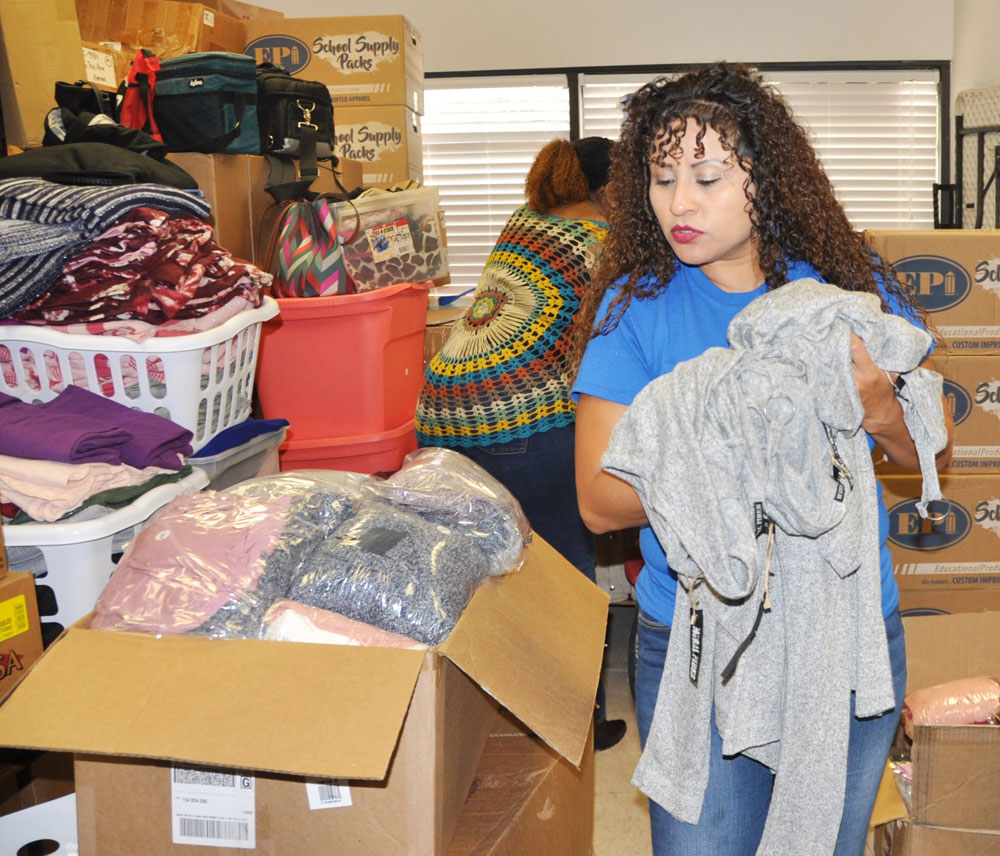
December 5, 2019; Austin American-Statesman
The holiday season has become known as the “giving season.” Austin nonprofit Front Steps has asked people to be a bit more thoughtful with their giving this season, especially toward those that are experiencing homelessness.
Nonprofit professionals understand too well how much the holiday season influences people to be charitable. The end of the year has historically been the most fruitful time of the year for nonprofit fundraising. People are generally just more charitable around then; whether it’s for financial reasons or the surge in charitable messaging that surrounds the end of year, people give more.
This can be hectic and stressful for nonprofit professionals. In 2014, NPQ’s Simone Joyaux wrote about the frenzy. She gave sound advice: nonprofits should build yearlong fundraising and meaningful relationships to combat the end-of-year scramble.
But what about those one-time physical donations—the coats, and the food, and the toys, and the caboodle of tins of last year’s holiday castaways? A recent article in the Austin American-Statesman had some advice and words to chew on from Front Steps, which is often on the receiving end.
Amy Price, a spokesperson for Front Steps—which also manages the Austin Resource Center for the Homeless—says, “We know it comes from good intentions and kindhearted people, but if you have to carry everything you own with you every day, you really have to make a decision about the worthiness of each item. A lot of what people give often becomes instant waste.”
One item that often gets thrown away are cheap $5 blankets, according to Price. They just aren’t quite warm enough. They suggest people spend a little more and donate blankets that are heavier, but still not too cumbersome or prone to get soggy in wet conditions.
Sign up for our free newsletters
Subscribe to NPQ's newsletters to have our top stories delivered directly to your inbox.
By signing up, you agree to our privacy policy and terms of use, and to receive messages from NPQ and our partners.
The Statesman also captured some thoughts from Bernell Gardner, who was staying at a temporary street camping site, on waste from donations. Gardner said that food often gets wasted. Food trucks will arrive to offer tons of food to smaller shelters with no electricity, and there just aren’t enough people and no good storage.
The article shows a problem with “giving just to give,” something of which organizations are also guilty. The waste listed in the Statesman article also comes from organizations conducting food or coat or blanket drives and then just dropping off the donations in places that just don’t make sense.
Organizations and individuals focus so much on the desire to give and the public perception of general need at this time of year that their donations aren’t actually meeting the needs of those on the receiving end.
So, what can nonprofits do to stem the waste and encourage more thoughtful donations for those their mission encompasses? Follow Front Step’s example. Speak more candidly from the perspective of those on the receiving end.
Those who have never experienced homelessness or food insecurity would not have any experience to draw on to understand how cumbersome certain coats might be or think to ask about the saturation in some areas with food donations. If a nonprofit accepts donations on behalf of those in need, then that nonprofit ought to act as a conduit between those they serve and the general public.
And who knows? Maybe by understanding that perspective a little better, negative stereotypes can be chipped away, and more meaningful relationships can be forged among members of different communities.—Sarah Miller













